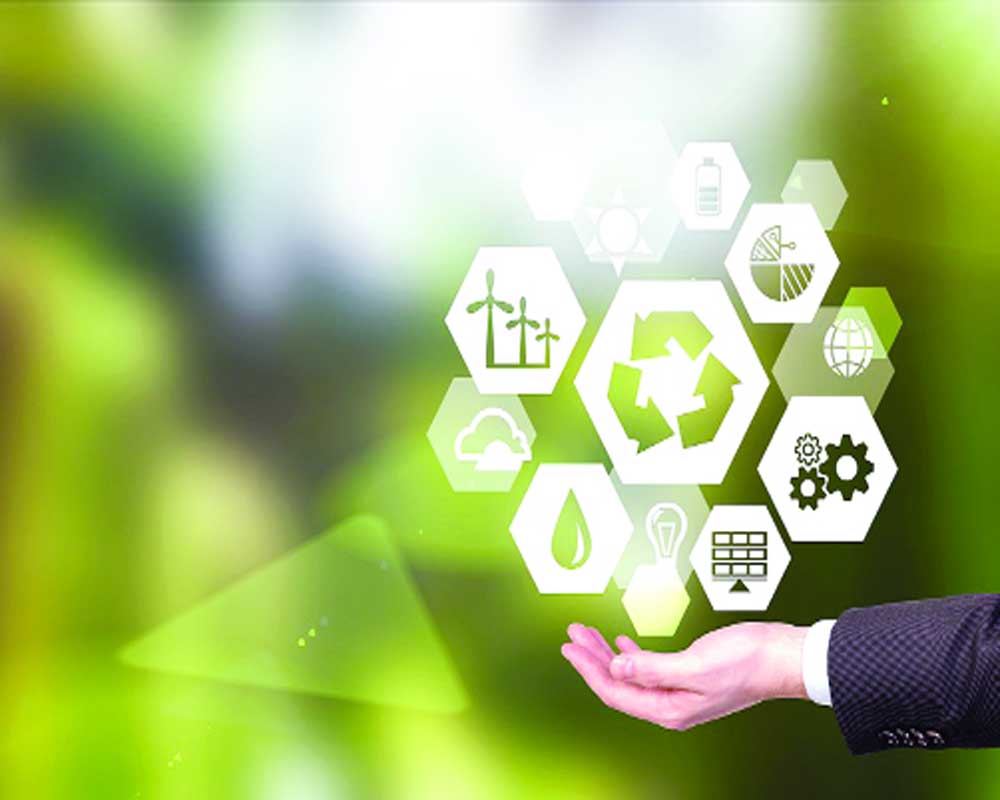
There are so many different types of green energy, from solar to wind to water, that they are readily available for use in your own home. If you want to learn how to go green with your energy usage around the house, read on for some tips that can help you consume energy wisely.
By cutting back on electricity use, you will save quite a bit of money. When you are not using certain appliances, unplug them until you are ready to use them again. Television sets and lights should never be left on when not in use. This helps to save money without much effort.
The U.S. Government makes grant funds available as an incentive for consumers to start using green energy. Talk to your local government and figure out what programs are in the area. You may qualify for wind or solar installation with little cost, or possibly you may be able to use it as deduction on your taxes.
Window Coverings
When you are away from home, use window coverings. This cools your home’s interior and keeps energy usage down while you’re away. Typically, windows that face south are positioned so that they receive the most sun. Window coverings such as roller shades, roman shades or dark curtains can be used on all windows.
Try solar water heaters instead of traditional ones. If you live in an area where freezing temperatures are unlikely, you can purchase systems that circulate water through solar heating systems before pumping it inside for use. Make sure you own traditional water heaters for backup during cold days.
If you are not sure about making improvements to your home, hire professionals that can look over your systems and offer you ideas of what you can do to make your home more green. They will let you know how costly your appliances are, and they can give a detailed estimate on how much the costs will be to replace or upgrade your existing systems.
Keep your heat on at a moderate level. Don’t increase it unless it is a necessity. Wear sweatpants and a sweater if you are chilly. Higher levels of heat use a lot of excess energy!
Create reminders for yourself in order to stay focused on your energy efficiency goals. Try to check your utility bill occasionally in order to see the progress you are making. You can reduce your energy use just by being aware of what you are spending. If you form good habits of cutting your electric or water usage, turning off appliances and lights when not in use becomes automatic.
Use your microwave whenever you can reasonably use it. Ovens and stoves use lots more energy to prepare food than microwaves. So, by microwaving instead, you save a lot of energy.
A tankless water heater that heats water on-demand is a great energy saving device. Water heaters that are old-fashioned will constantly run, which in turn heats water when not needed, and this ends up wasting lots of energy. The on-demand water heater will heat water instantly and save you money on energy.
The number of lights that are left on, or appliances that are run half full is astounding. If you do this every day, your energy bills will plummet. Before doing something, be sure to remember to turn these things off.
Energy Star
Look for appliances that have the Energy Star sticker or logo. Any products that have the ENERGY STAR logo are in compliance with the U.S. Dept. of Energy and also the EPA. Sometimes these products offer tax rebates.
Make use of ceiling fans even in the winter. Switch them to go clockwise and they will help push the warm air down, reducing demands on your heating fixture. It is much less costly to run your ceiling fans than it is to run your furnace.
Installing a programmable thermostat can save you a lot of cash on your utility bills. The settings you can program into one of these devices help control the temperature of your house even if you aren’t around. Most importantly, you can use them to cut back on the energy you use at night or while you are away.
Try to be proactive, and take your frozen foods out early and allow them time to thaw in the fridge. Using the fridge is a very safe method for thawing food. The extra benefit is that the thawing food will be releasing cold and helping to reduce the ambient temperature in the fridge, which reduces cycling.
Place your refrigerator and extra freezer, if you have one, in a cool spot. Keep them away from sunlight and heating vents, since this can increase the temperature and make them run longer.
Create a high demand for green energy and you will help lower the price. Consumer demand helps increase environmental technologies. As demand increases for green products, costs will begin to reduce. Manufacturers will have to use greener practices if they want to make money.
Buy a type of home energy monitor so that you can see how much energy your home uses. These devices collect data about how much electricity your home is using, and provide an estimate of the next month’s bill based on this information. Research shows that people are likely to reduce energy consumption if they know how much the bill will be.
Rainwater is free, so why not use it to flush your toilet? Your water bill will be reduced, and the environment will be a little less impacted. The whole process is easy. Use jars or buckets, place outside when rain is forecast, and once filled, cover and use as needed.
Getting started on green energy today means savings to you and the planet tomorrow. As you can see from this article, being green does not mean that things have to cost a lot or be complicated. You can have an environmentally friendly house today.